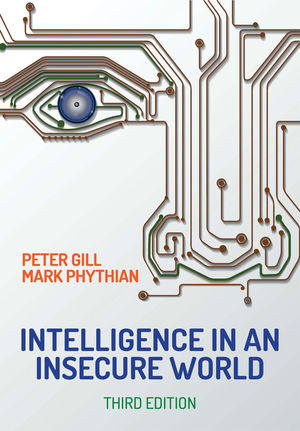There’s a problem in our industry, even with all the cool technology advancements and amazing, fun stuff happening every day. It is sad to say, but new — and existing — products don’t always work well together and it’s an issue of interoperability. This eight-syllable mouthful is defined as “the ability of computer systems or software to exchange and make use of information between devices made by different manufacturers.” Interoperability has been a hot topic for more than 25 years, yet a viable solution hasn’t been found. Why can’t they all just get along?
Early in life — at home, at school and beyond — we are taught that everyone needs to play nicely together. Getting along makes for good times at home, at work and at play. It has to do with the 3 Cs: consistency, communication and collaboration. Rules for playgrounds are consistent; no throwing sand, no pushing, and remember to take turns. These guidelines are communicated by figures of authority. And when playing together, collaboration makes for a winning team. This is easy to understand, though execution is sometimes a challenge.
In today’s fast-paced and ever-changing technology landscape, consistency, communication and collaboration should be high priorities for success. Yet, there are now more than 160 protocols being used in home and building automation, and working together is not at the top of the list of rules to follow when deploying a new product. Yes, there are initiatives for interoperability such as “Works with Nest,” “Control4 Certified,” and “Crestron Connected Inside” products; or a full suite of products from a manufacturer such as Lutron. While many initiatives start to address the problem, often they focus on a specific manufacturer’s technology and/or protocol.
These challenges were heard loud and clear at TecHomeX where I moderated the Business Collaboration Roundtable, addressing the problems and pain points throughout a project’s phases — sales/setting customer expectations, design/production planning, jobsite work, and wrapping up with the customer experience.
These discussions helped uncover and smooth the intricate workings of a project for the electronic systems contractor, and many suggestions were made to help address product issues and interoperability. Here’s to hoping some manufacturers consider these ideas and smooth the road for installation technicians and customer satisfaction.
-
Provide robust tech support with comprehensive hours, along with understanding and support of integration with other manufacturers’ products.
-
Address network security with built-in security (require password change when installing a product) protection, when adding devices (define secure set up), and strongly recommended a professional router.
-
Follow industry standards where applicable and whenever possible; wiring, installation, cables, labeling, and drawings (use ANSI J-STD-710 Audio, Video and Control Architectural Drawing Symbols Standard).
-
Organize an integration team responsible for making products work with products produced by other manufacturers.
-
Release BETA products when ready and not before, ensure testing and performance.
-
Research emerging technologies (such as LED lighting) and have knowledgeable staff.
-
Share firmware updates in advance — and offer opting out of automatic updates. (Remember when Sonos automatically implemented a new API for smart home integration and users of Control4, Savant, Lutron and Crestron were unable to access Spotify or Amazon Music from their home automation system?)
Flexibility of products and protocols — not proprietary devices — makes for playing well together. The bottom line is we can’t educate customers to be interoperable, so we must have products that are. The products installed must make customers’ lives and experiences enjoyable, and hopefully do the same for the electronic systems contractors.









